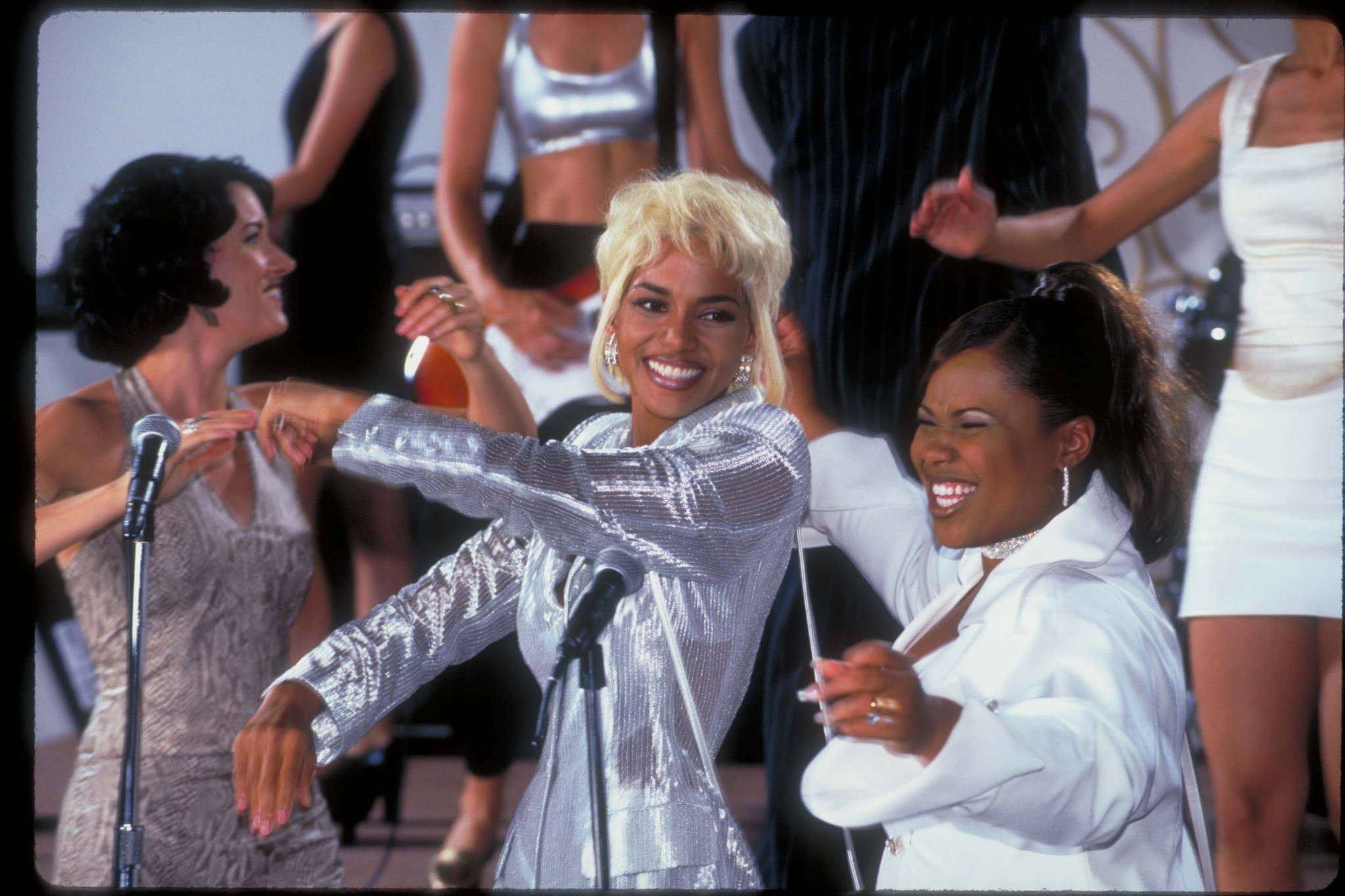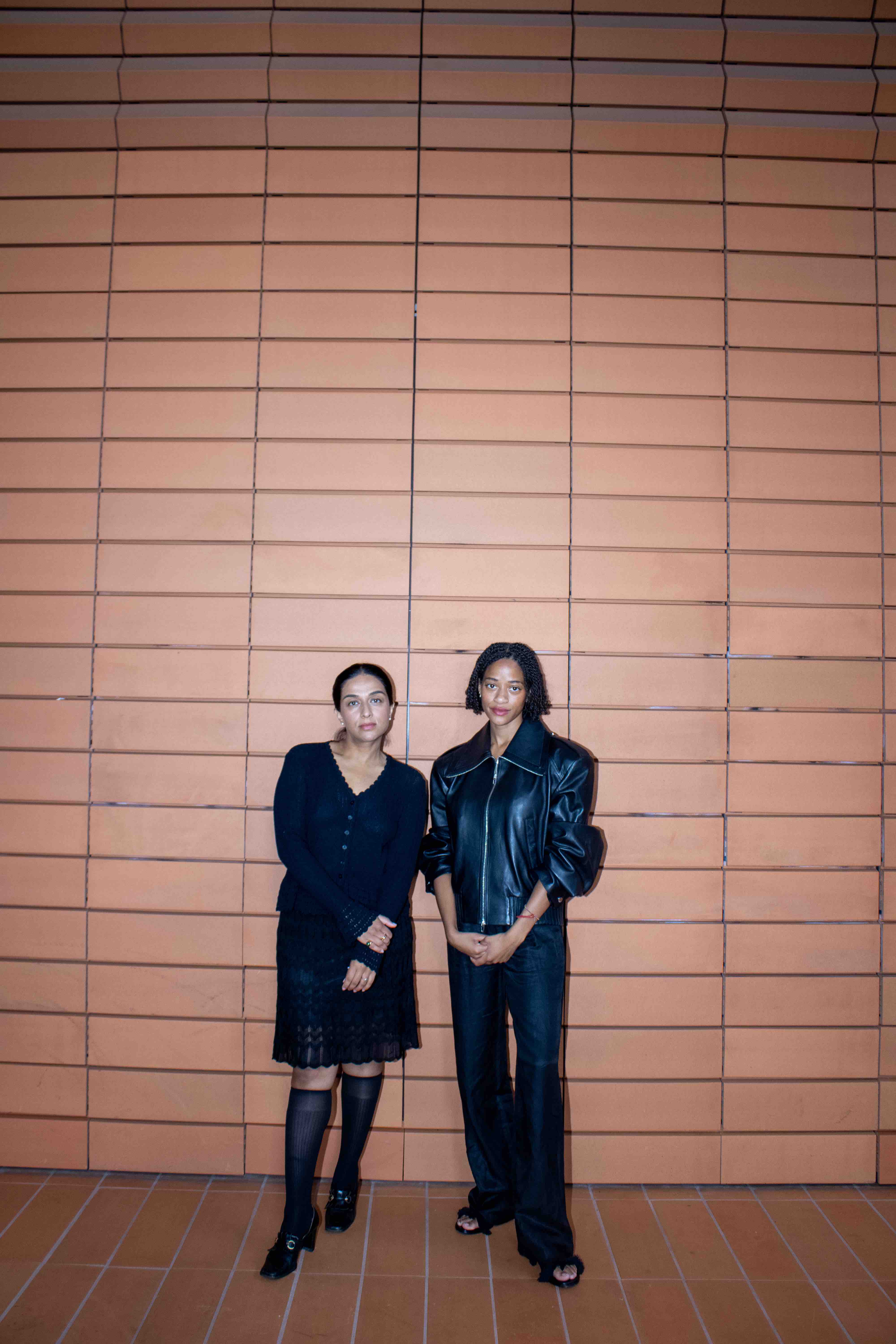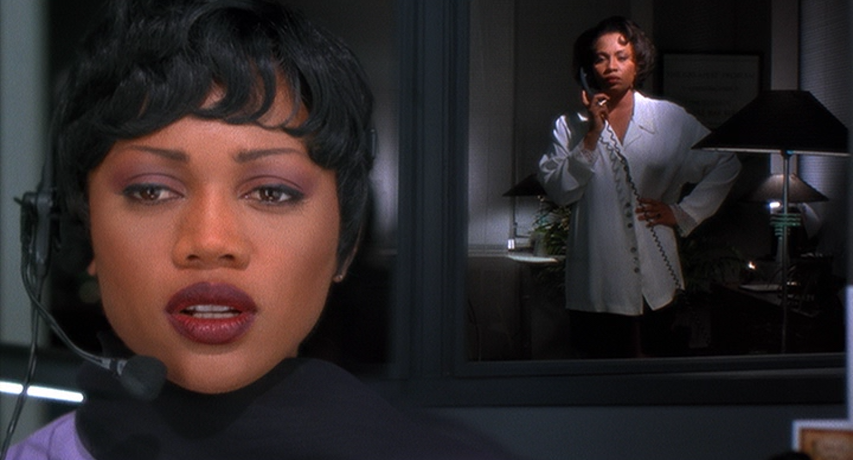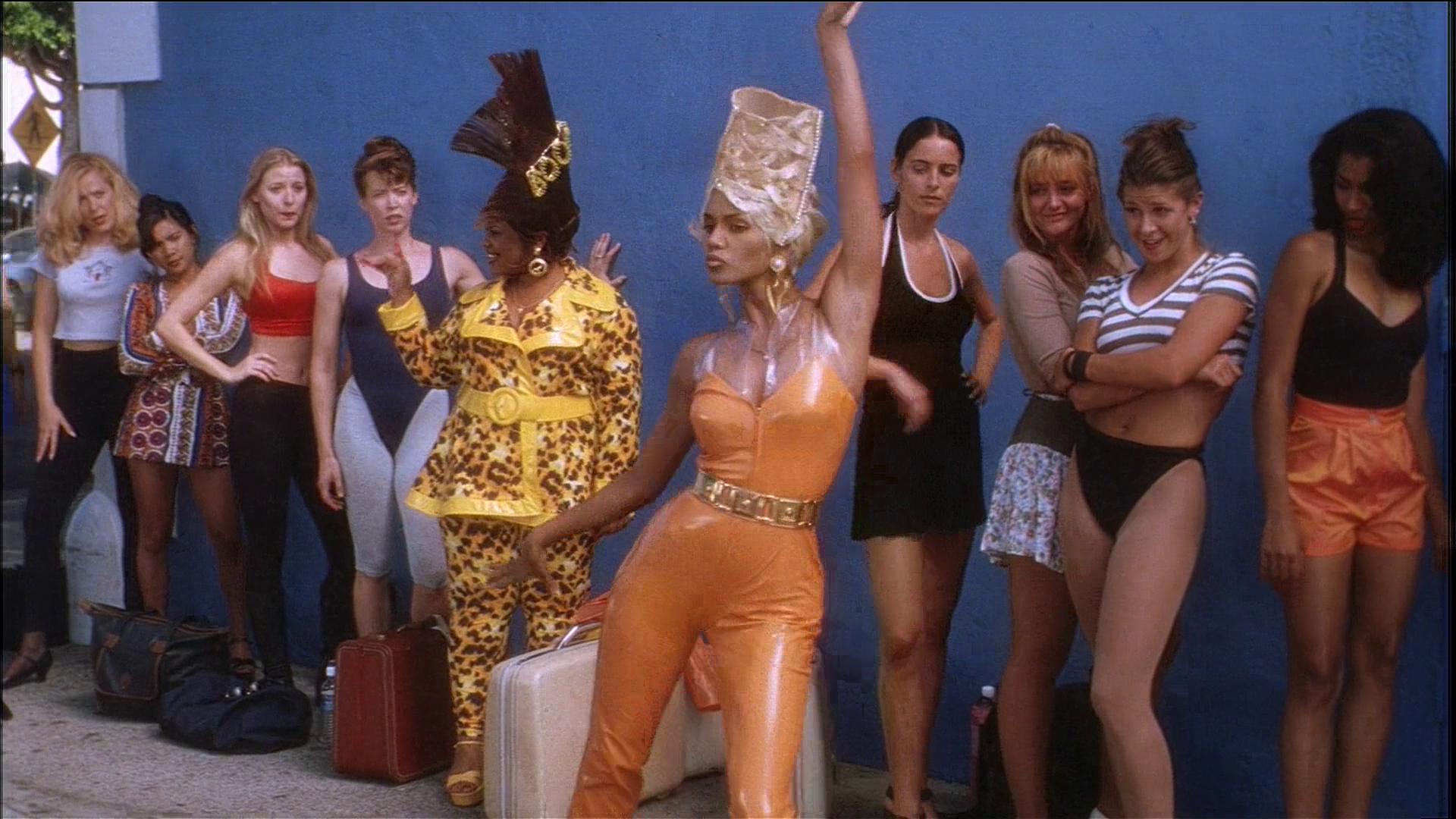F L A U N T


What does it mean to dream from the margins? To long, to ache, to look in the mirror of a nation and wonder where you fit—or if you were ever meant to? In American Gurl: Seeking..., curators Zehra Zehra and Kilo Kish invite us to sit with those questions, not for answers, but for atmosphere. The kind that lingers long after the credits roll.
Showing at the Academy Museum this summer between July 24th and August 16, Seeking... is the latest installment of the American Gurl universe—an ongoing curatorial and artistic collaboration between Zehra (founder of the platform Womxn in Windows) and Kish (interdisciplinary artist, musician, and surrealist architect of her own digital pop mythology). Previously, the duo brought together a kaleidoscopic group art show at Hauser & Wirth and a short film showcase at MOCA. This time, they step into the cinematic space, programming a slate of eight feature films that tangle with identity, longing, beauty, and power.

The chosen works transcend the meaning of film—they’re dreamscapes, elegies, manifestos. Each one tracing new pathways through identity, desire, power, and the systems women of color move through (or get stuck in). The lineup moves fluidly between cult, classic, and canon-questioning: Spike Lee’s Girl 6, Janicza Bravo’s Zola, Cheryl Dunye’s landmark The Watermelon Woman, and the unapologetically iconic B*A*P*S. These aren’t just films—they’re portals. Together, they map an emotional and cultural terrain where visibility is complicated, desire is messy, and the American Dream is anything but one-size-fits-all.
“Cinema remains one of the biggest distributors of American culture,” the curators note. Seeking... pushes back—gently, then with force—by carving out space for the kinds of stories we rarely see, told with the kind of nuance we rarely get.
This isn’t nostalgia. It’s not optimism, either. It’s something stranger, more searching. A girl in the act of becoming. A nation under revision. A screen, lit up, asking you to look again.
American Gurl has evolved significantly from its first iteration in 2022. What new questions or themes are you both hoping to explore in this latest chapter, and how do they reflect where you are now personally and artistically?
Kish: I think the turning point was having the ideas exist within the context of my album to expand out to include other artists and some of the parallel discussions that were happening in their work. After Times Square, Zehra and I discussed how we saw the concepts expanding to include and highlight the work of other creatives and try to draw parallels between experience. With all of the concepts it's a bit of brainstorming—we know the umbrellas that we want to explore, but the specific titling usually reflects what’s going on culturally at the time and our own personal questions, or things we’ve just been discussing and desiring. With Seeking… we worked backwards a bit in that we knew we wanted to screen Seeking Mavis Beacon, and we built a program of films that all focused on the desire to achieve, forms of hustling, searching for others, and self… It's always a very fluid process and very similar to album-making because it requires seeking but also this spirit of allowance to find whatever answers you find through curation. We are always searching to make the program complete, working forwards and backwards, it takes a bit of clue-finding and intuition and also luck. Some films are harder to screen, or not available, so we’re always finding new things and building a puzzle a bit.
Zehra: With Seeking… we are highlighting the history of the hustle along with many other ideas. Given the state of the entertainment industry in Los Angeles and everything going on across the world, we are all hustling and seeking opportunities to survive and sustain ourselves. Through that process we are also realizing what we desire and what works and doesn’t work personally and within existing systems. I think a lot of our themes come from what's going on around us and what state of mind people are in. Everyone is tired and worn out which is reflective of the systems we have been in. Navigating existing systems and dreaming up new ones is a theme across all iterations of this project.

What does the word "seeking" mean to you in the context of American Gurl today?
Zehra: We are in an era where the American Identity needs a renewal and is being constantly questioned... In the context of American Gurl, Seeking… is as much an ongoing search for us as it is a question for others about what does this identity look like today and in Seeking… we feel there isn’t one answer, we are looking for the many identities and nuances that create the American Dream. The title also alludes to Seeking… aspects of what the American Dream promises, success, power, freedom—what that means and what one has to navigate to achieve this dream. I ultimately hope that everyone can see themself in the idea of the American Gurl—that will eventually be the power of America.
This project has always balanced established and emerging voices. How do you approach curating that intergenerational dialogue, and how does that balance shift in the upcoming iteration?
Zehra: A lot of research goes into establishing an intergenerational dialogue. It is very important to us to create this because the internet makes one believe that “we are the first” to ever do anything. Most conversations we have today and ideas we advocate for were started many generations ago. Acknowledging the work of ancestors is critical in moving forward and a reminder that things take a long time to change.
The intergenerational dialogue is also important because it emphasizes that we all need to come together to push ideas forward. The power of the collective and the upward mobility in systems does not happen in isolation. It is our belief in radical collaboration that makes us find works that speak to each other. In this iteration each feature film is paired with a short film. These short films were selected through an open call which resulted in hundreds of films being submitted. Even though this was so much work for us, it allows us to encounter films that we cannot find on internet searches. Empowering and encouraging young filmmakers and sharing their work through platforms like the Academy museum is integral to our philosophy.

Kilo, your music and visuals often critique American mythology through surreal, hyperreal aesthetics. Zehra, your curatorial work tends to spotlight political intimacy and identity. How are your sensibilities continuing to shape this next version of American Gurl—and how are they evolving in tandem?
Kish: I think naturally Zehra and I just align on the aesthetics that we enjoy in building the world around American Gurl, we both spend time on designing the spaces/installations themselves, I lean a bit more to the art direction side of how the programs are presented, and Zehra on developing the partnerships—we both collaborate on deciding films and programming. I think in a good creative partner there needs to be allowance for each to move independently, and also trust in the other's sensibilities.
With American Gurl as a curatorial project, I see it as another complete project at this point separate from my own personal music work, it's evolved into that, and I think its a testament to what I’ve always hoped to do with my musical work—using those ideas as a launch pad to go further, discuss more, include others…the beauty of a project like this is that it can grow alongside my album, but diverge at a point and become something completely new.
Zehra: I have always been fascinated with the idea of being American. American culture is exported through pop culture, film, music, and fashion across the world and as much as I am very lucky to be grounded in my personal identity, I have been equally excited by exploring what American means, so when I encountered Kish’s music album, video work and the ideas she was exploring in American Gurl, I felt a calling to work with her and take this project beyond her music album. I was lucky to find that she felt the same.
These days being American can feel dark but it is also hopeful. To put people from so many different parts of the world on one continent and expect them to co-exist is pretty wild. America is the largest social experiment of the last century. Through our different iterations we get to have fun exploring this social phenomena while sharing ideas that society is asking at large. While we bring forth serious ideas we also like to have a good time and all our presentations and exhibitions have programming components that bring our worlds together to commune and celebrate.

What kind of conversations or emotional responses do you hope this next iteration will spark—especially for women of color who may see parts of themselves reflected in these works?
Zehra: I hope that it encourages more women to work with each other and uplift one another.
Kish: I just hope that it serves as creative inspiration, and I hope it serves the artists included in some way—we all need that, I need to see others making and doing to want to continue. Work needs to be received to keep hope and possibility.
This program marks a shift from gallery-based video art to theatrical cinema. What new possibilities or challenges did that open up for you as curators? How do you hope audiences will experience these works differently in a film screening context?
With American Gurl, we’ve tried to always collage as much as we can with vision and come at it from different angles—we’ve explored features, shorts, performances in music and movement, poetry, conversations, workshops. We’ve even thought through food, sound, design, and spaces. I think we’ve always agreed on this holistic vision for the project and try to keep a sense of play and discovery. Every institution or space is different, and what they’re seeking programming wise is fun to work through. Part of the fun is playing around the parameters of each place and finding ways to still bring forth the vision of the project. With the Academy initially the programming was meant to focus around features, but pairing shorts came later after the Academy programmers walked through our MOCA residency, it allowed us to take submissions and bring on some up and coming filmmakers.
